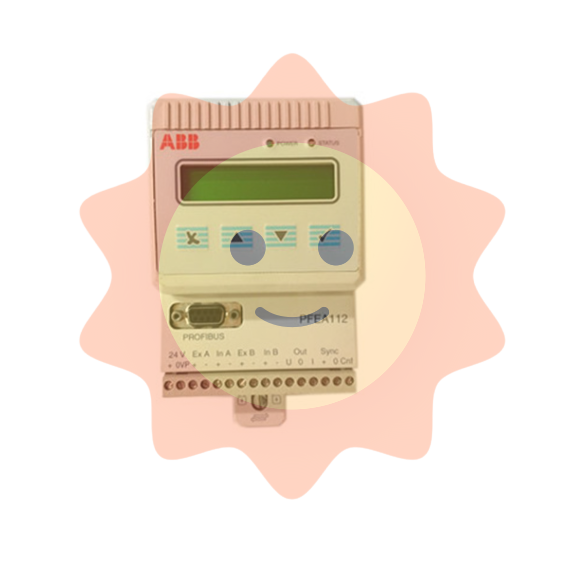Opportunities and challenges for the Indian Paper and packaging industry in the next decade

Akshay Ratti, director of Kegan Paper Mills Pte LTD, said: "There is a huge opportunity for sustainable development in the packaging industry. Paper consumption per capita in India is around 15 kg and is likely to grow to more than 30 kg in the coming years, compared to a global average of close to 60 kg. These figures alone show the scale of the Indian paper industry. Domestic consumption will help achieve growth through exports and the Indian government's goal of becoming a $5 trillion economy. Right now, India's economy is $3 trillion and we see opportunities coming in the next few years. There are huge opportunities as global supply chains become more integrated and manufacturing bases shift to India."
"In terms of exports, we see that wrapping paper can be exported. During the epidemic, the export volume of corrugated paper and imitation cattle cardboard wheels exceeded 200,000 tons per month and continued for several months. However, for various reasons, exports are difficult to maintain, there are odor, logistics, operating capacity, quality and other problems, if you work hard in these aspects, the packaging industry has a huge opportunity. India exports to Far East, Middle East, Latin America and African countries, and these exports are more out of necessity than choice because China has changed its raw material import policy, so for us to sustain these exports, we need to work on quality and the elimination of odors cannot be stressed enough."
He shared: "A recycled paper mill produces one ton of paper, consumes less than 300 KWH of electricity and uses less than 2 m ³ of water. The segment achieved these numbers, but they are not easy to digest. There are other areas where a lot can be done to save energy, such as installing rooftop solar plants and using biomass as fuel. Under the Swakhbarat mission, more emphasis has been placed on garbage collection and its disposal, not only at the company-wide but also at the level of Gram village councils. The processed waste can be used to turn waste into energy, and I think some government initiatives are promoting and funding local village councils and businesses to collect more waste."
Hadik Patel, Sales and Marketing Director of Om Sri Paper Arts LTD, said: "The target of sustained growth can be achieved in the small and medium-sized industries. One of the problems, however, is providing stability to customers. Nowadays, due to the lack of fiber, we are subject to the waste paper trade and we have to rely on local sourcing, which is an unorganized sector. The lead time for imported fibers is about 60 or 90 days, during which the paper collectors hold us by not supplying or raising prices, and in turn, we are unable to provide continuous stability in the market, thus creating uncertainty for the end customer."

Sharing how to achieve growth, Madure Desada, Director of Operations, Pallason Machinery (India) Pte LTD, said, "I will talk about three categories: how we will achieve growth in the next decade, how we will sustain growth and how AIML will achieve growth that will play a role in the future. There are more than 600-650 paper mills in India, and the average output of small, medium and large paper mills is about 150, 200 or up to 300 tons per day. Today, India has 60 pulp molding plants with an average plant size of 3-4 tons per day, so if you multiply 60 by 4, it is 240 tons per day, while in China, the average pulp molding plant size is 250 tons per day. This pulp molding industry is made for China and India because it is Labour and capital intensive and we need quality fibers, so I believe India has a good future."
He added, "The industry will be worth about $5 billion in the next one to two years, so I believe this will be a good opportunity for us to enter the industry, not only in pulp molding production, but also in pulp supply." Another 50-60 plants are coming to India, so any large plant, whether we produce sugarcane pulp, wheatgrass pulp or bamboo pulp, will be a good addition to the industry. Regarding sustainability, we need young people or new people in the industry. Educational institutions should be encouraged to offer courses in paper engineering. It can start with electives from last year, plus optional practical training, so that new blood can be injected into the paper industry and the right talent can be available."
- EMERSON
- Honeywell
- CTI
- Rolls-Royce
- General Electric
- Woodward
- Yaskawa
- xYCOM
- Motorola
- Siemens
- Rockwell
- ABB
- B&R
- HIMA
- Construction site
- electricity
- Automobile market
- PLC
- DCS
- Motor drivers
- VSD
- Implications
- cement
- CO2
- CEM
- methane
- Artificial intelligence
- Titanic
- Solar energy
- Hydrogen fuel cell
- Hydrogen and fuel cells
- Hydrogen and oxygen fuel cells
- tyre
- Chemical fiber
- dynamo
- corpuscle
- Pulp and paper
- printing
- fossil
- FANUC
- Food and beverage
- Life science
- Sewage treatment
- Personal care
- electricity
- boats
- infrastructure
- Automobile industry
- metallurgy
- Nuclear power generation
- Geothermal power generation
- Water and wastewater
- Infrastructure construction
- Mine hazard
- steel
- papermaking
- Natural gas industry
- Infrastructure construction
- Power and energy
- Rubber and plastic
- Renewable energy
- pharmacy
- mining
- Plastic industry
- Schneider
- Kongsberg
- NI
- Wind energy
- International petroleum
- International new energy network
- gas
- WATLOW
- ProSoft
- SEW
- wind
- ADVANCED
- Reliance
- YOKOGAWA
- TRICONEX
- FOXBORO
- METSO
- MAN
- Advantest
- ADVANCED
- ALSTOM
- Control Wave
- AB
- AMAT
- STUDER
- KONGSBERG
- MOTOROLA
- DANAHER MOTION
- Bently
- Galil
- EATON
- MOLEX
- Triconex
- DEIF
- B&W
- ZYGO
- Aerotech
- DANFOSS
- KOLLMORGEN
- Beijer
- Endress+Hauser
- MOOG
- KB
- Moxa
- Rexroth


Email:wang@kongjiangauto.com


























































































































